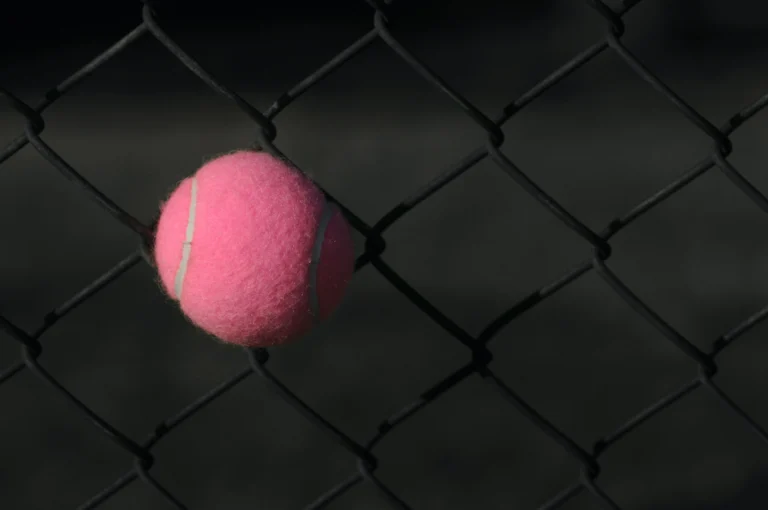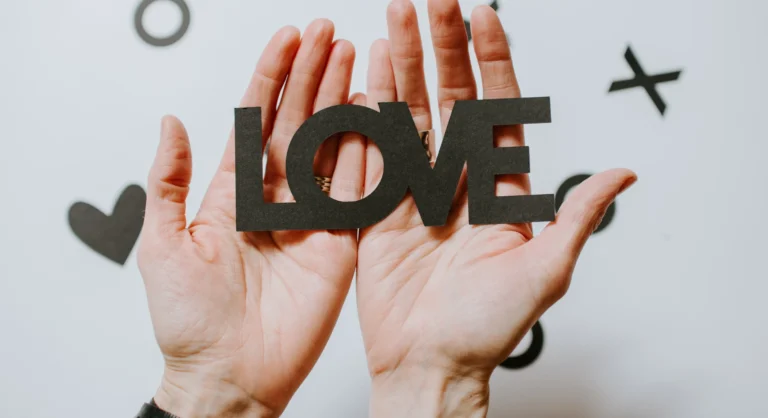There is an art form from Japan called kintsugi. Literally, it means repairing with gold.
The art form reportedly originates from 15th century Japan when the shogunate Ashigaka Yoshimasa dropped and broke a beloved tea cup. The tea cup was eventually taken to a skilled Japanese ceramic artist who glued the pieces together and highlighted the fractures with red lacquer covered in gold dust.
The result was a new tea cup, beautifully reborn with its imperfections highlighted and celebrated in gold. Once ordinary, the tea cup became extraordinary, not because of its perfection, but because of its imperfections.
The tea cup was saved because, even in its shattered state, Yoshimasa held on to his belief that it was valuable.
Like Yoshimasa’s tea cup, we too have imperfections. But we tend to hide or discount our imperfections. We cover them up, make excuses for them, try to erase them, or regretfully complain about them. We sometimes struggle to believe that we are beautiful and valued when we know that we are not perfect. The result is that we lose faith in ourselves.
We miss the point. Yoshimasa’s tea cup was not valued because it is perfect. It was valued because it was unique. No other tea cup had exactly the same cracks. No other cup had the same story of damage and rebirth. No other cup had the same golden highlights of imperfection.
The ceramic artist could have chosen to repair the cup in the accepted manner. If he had, the tea cup would have disappeared into obscurity. But he did not. Instead, he chose to celebrate and glorify its cracks. He chose to respect its shattered history and bring it to the world’s attention.
Sometimes, our scars are what make us beautiful.
We have the same power in our own lives. Instead of hiding and regretting our imperfections, we can celebrate them, and their troubled history, as elements of our own uniqueness. How we obtain, repair, and celebrate our own imperfections is part of what sets us apart. Our repairs are often the hallmarks of our life and our own story of damage and survival.
When we repair ourselves, instead of simply being repaired, we can be reborn. When we are feeling broken and discarded, we can, like kintsugi, bring our pieces back together more uniquely beautiful than before.
For more insights see my books and blog at JamesMcGinley.com.




Responses